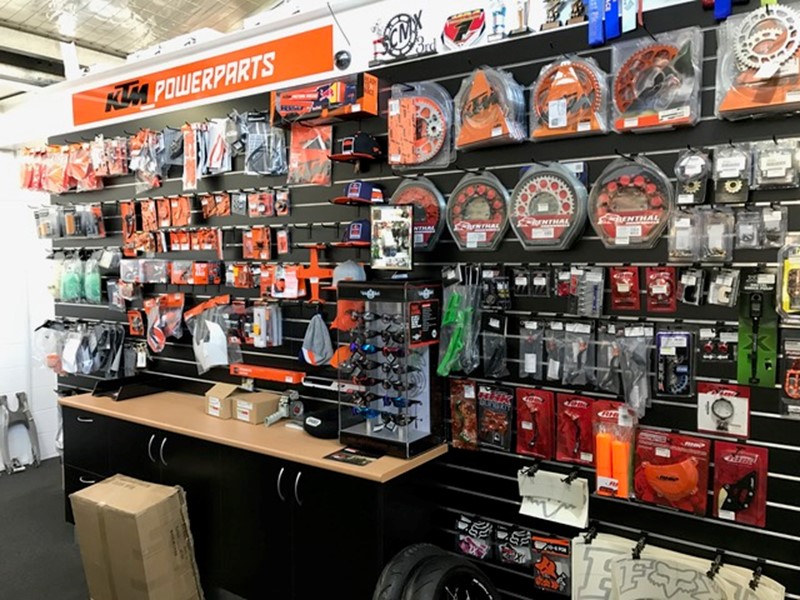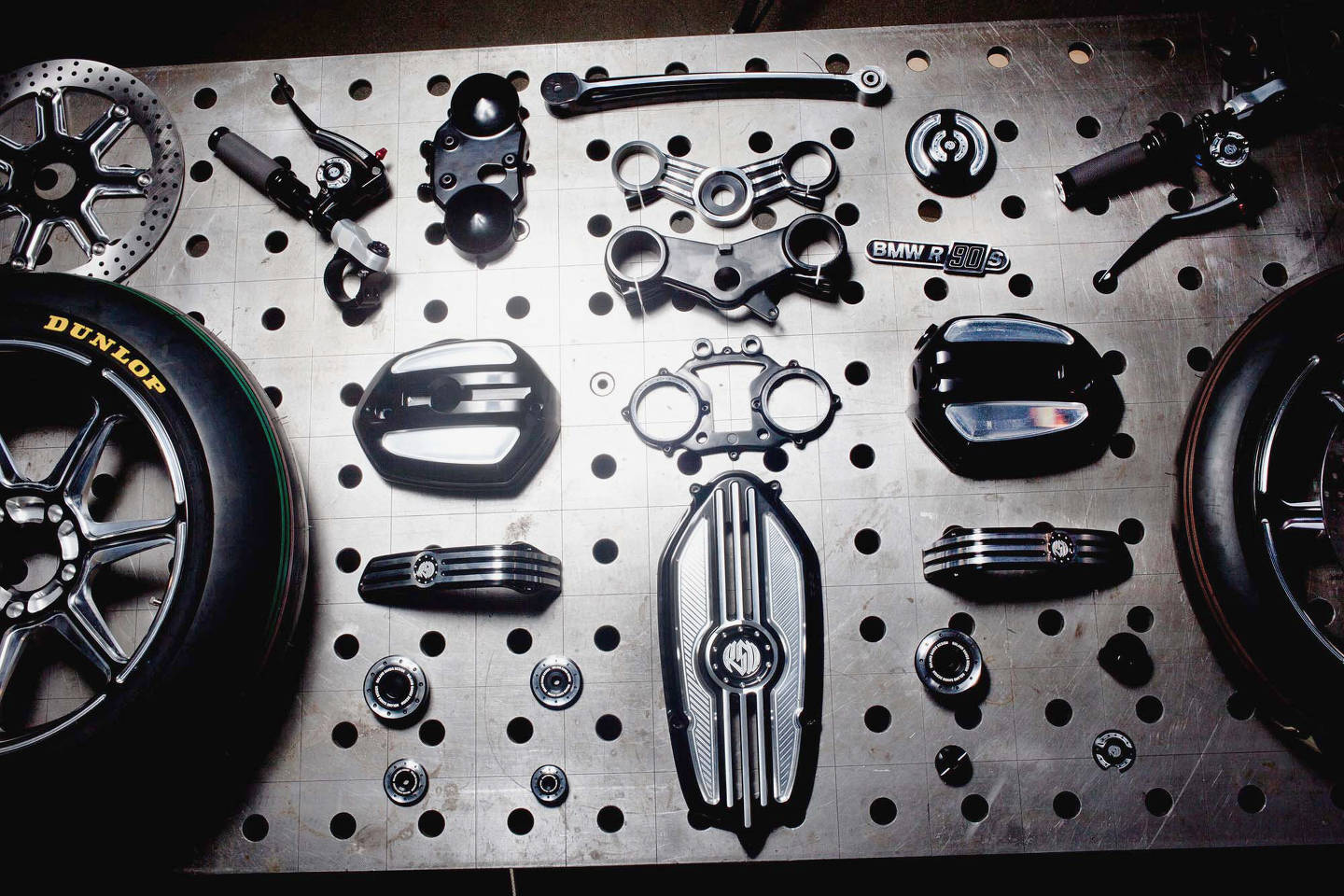Mastering Motorcycle Gears: Just How to Enhance Your Riding Experience
In the realm of motorcycling, grasping the art of gear control is important for enhancing your riding performance. Correctly utilizing and comprehending motorcycle gears can dramatically influence gas, control, and acceleration efficiency, changing an average adventure into a smooth, exciting trip. By including accurate change timing and adapting gear selection to numerous roadway conditions, cyclists can guarantee ideal engine efficiency and safety. The nuances of clutch control, throttle sychronisation, and equipment mechanics bid a much deeper exploration, guaranteeing to open the full possibility of your machine. Exactly how can these strategies be harnessed to truly enhance your riding experience?
Comprehending Gear Mechanics
At the core of bike dynamics, equipment mechanics play a critical role in transforming engine power right into movement, inevitably dictating speed and control. The gear ratios, very carefully developed, establish the partnership between engine changes and wheel turns, impacting velocity and gas effectiveness.
Recognizing gear technicians begins with recognizing the significance of the gearbox, which houses several equipments of varying sizes. These equipments engage with a process referred to as meshing, where teeth of different gears engage to transmit power. The accuracy of this interaction is critical; any misalignment or damages can cause ineffective power transfer, hindering efficiency. Additionally, the arrangement and dimension of equipments affect the bike's capacity to manage different lots and speeds.
Moreover, the idea of equipment changing is integral to maximizing efficiency. Timely and smooth changes guarantee that the engine runs within its ideal power band, preventing unnecessary pressure and improving longevity (moto parts nz). By understanding these mechanical ins and outs, motorcyclists can attain an unified blend of performance, control, and power, raising their riding experience
Timing Your Changes
Change timing proficiency is essential for enhancing bike performance and boosting the riding experience. Properly timed changes make certain that the engine operates within its ideal power band, which is crucial for keeping control, attaining smooth velocity, and guaranteeing the long life of the motorcycle. Bikers have to create an intuitive sense of when to change gears, which entails comprehending the connection between engine revolutions per min (RPM) and speed.
To understand shift timing, pay close interest to the engine's noise and really feel, as these offer important hints concerning when to change gears. The optimal shift factor commonly occurs when the engine approaches the top series of its power band without reaching the redline. Moving too early can lead to a lack of power, while moving far too late may cause unneeded engine strain
Furthermore, roadway conditions and riding design influence change timing. In metropolitan setups, smoother and extra constant changes might be necessary to navigate website traffic successfully. On the other hand, throughout highway riding, less shifts at greater speeds can be better. Practicing in different settings will boost your capability to time changes specifically, inevitably raising your riding experience to a specialist degree.
Enhancing Fuel Performance
While mastering motorcycle gears is critical for performance, improving fuel effectiveness is just as vital for both financial and environmental factors. Optimal gas usage not only lowers operational expenses yet likewise decreases the environmental footprint of riding. To attain this, one have to recognize the complex relationship between equipment selection and engine efficiency.
Firstly, picking the best equipment at suitable speeds can dramatically affect fuel consumption. Riding in a greater gear at reduced speeds can bring about engine carrying, which is harmful to both gas economic climate and engine health and wellness. On the other hand, riding in lower equipments at high rates leads to unnecessary fuel usage. Thus, keeping an optimum balance by changing gears in placement with road problems and prepared for maneuvers is essential.
Furthermore, normal maintenance plays a critical duty in gas efficiency. Making sure that the motorbike is well-tuned, with tidy air filters and properly pumped up tires, can improve the rules of aerodynamics and reduce fuel wastage. Furthermore, adopting a riding style that accepts steady acceleration and smooth deceleration can add to far better fuel economy.

Techniques for Smooth Transitions
Accomplishing smooth equipment shifts is essential to enhancing the riding experience and ensuring the durability of a motorbike's transmission system. Proper gear moving not just adds to a seamless ride however also decreases wear and tear on the mechanical components. To understand the art of smooth shifts, bikers should concentrate on a few crucial strategies.

Second of all, clutch control plays a pivotal role. Engaging and disengaging the clutch smoothly calls for technique. The clutch bar should be released motorcycle half helmets slowly, permitting a smooth transfer of power from the engine to the wheels without triggering a jolt or sudden motion.

Adjusting to Roadway Conditions
Navigating diverse roadway conditions is an essential ability for any kind of motorcyclist aiming to preserve control and security. Whether you're riding on wet surface areas, gravel roadways, or navigating doglegs, your capacity to adapt your gear usage and riding strategy is vital. Understanding how to readjust your gears properly can dramatically influence grip and stability, ensuring a much safer trip.
In comparison, when riding on crushed rock or unequal terrain, lower gears are more effective. Lower gears supply better control and permit motorcycle half helmets you to respond more promptly to unforeseen changes in the road surface area.
Sharp contours demand accurate gear management to stabilize speed and control. Downshifting before going into a contour can help keep momentum while guaranteeing the motorcycle remains stable throughout the turn. Consistent technique in different problems improves your ability to react and forecast to modifications in roadway appearance and incline.
Final Thought
Mastering motorbike equipments dramatically boosts the riding experience by boosting control, gas, and acceleration efficiency. Adjusting equipment selection to numerous roadway problems, look at here now such as utilizing greater gears on damp surfaces and reduced gears on crushed rock, additional improves handling and security.
Recognizing equipment auto mechanics begins with identifying the importance of the gearbox, which houses numerous equipments of differing sizes. These gears communicate with a procedure recognized as meshing, where teeth of various equipments involve to send power (motocross parts nz). Gentle adjustments to the throttle throughout equipment shifts can avoid jerky movements and maintain a regular riding speed
Whether you're riding on wet surface areas, gravel roads, or navigating sharp turns, your capability to adjust your gear use and riding technique is vital. Adjusting gear selection to various roadway conditions, such as utilizing greater equipments on wet surfaces and lower equipments on gravel, further enhances handling and safety.